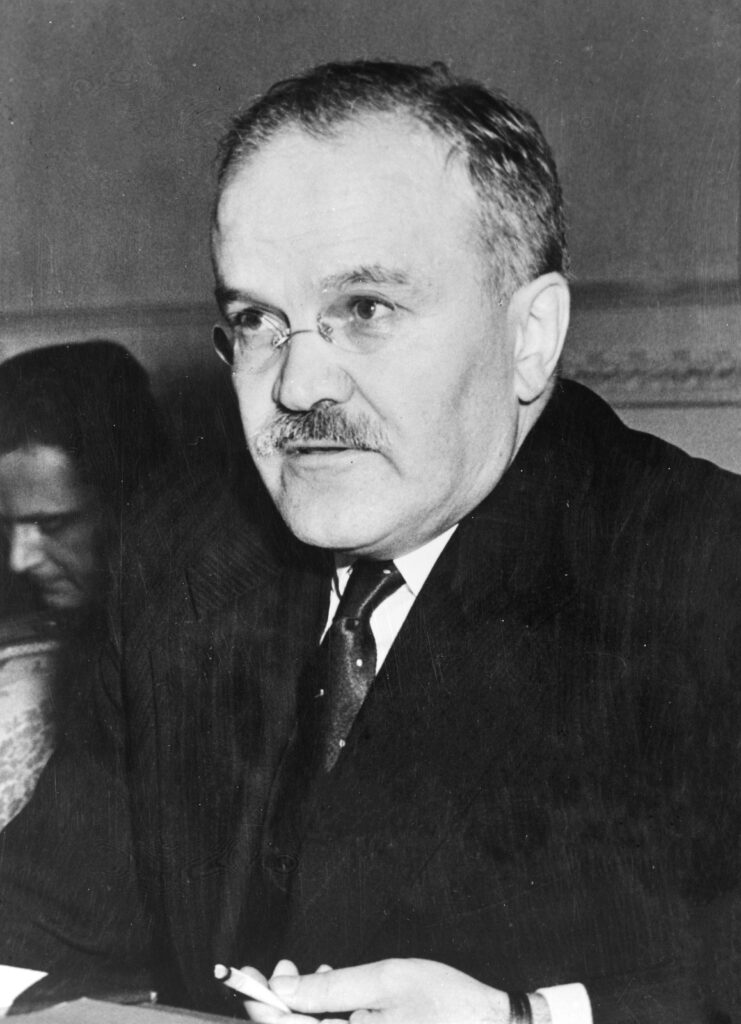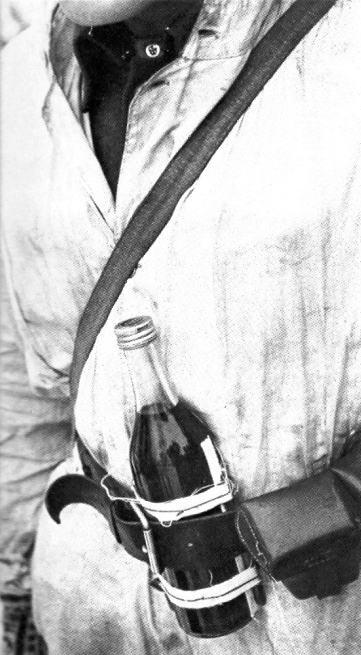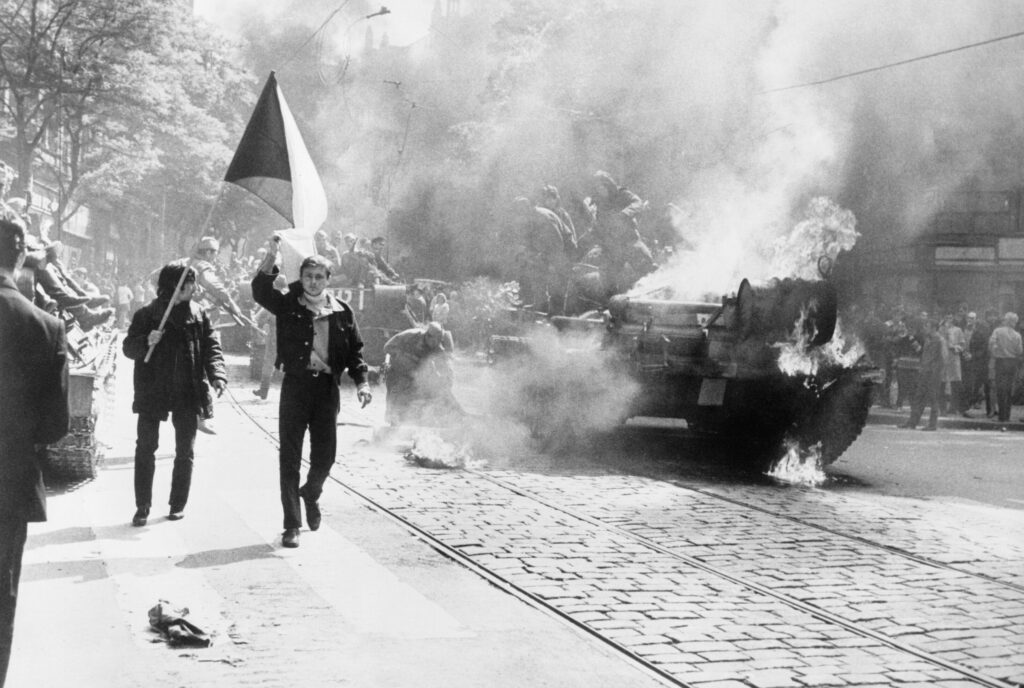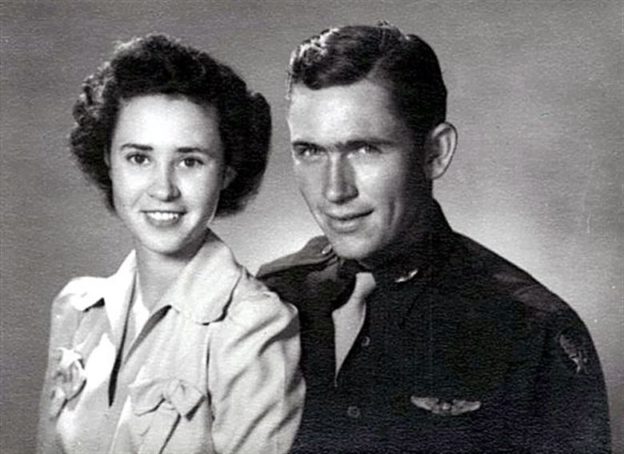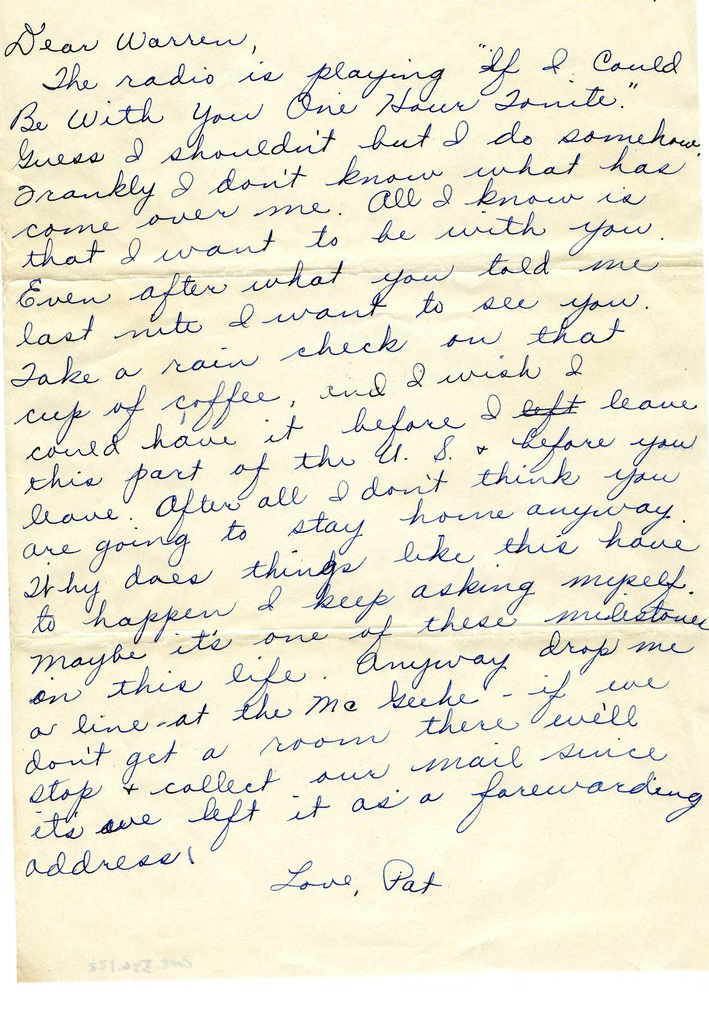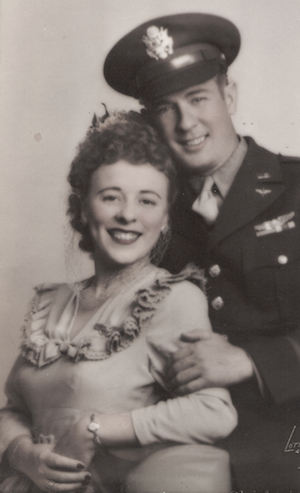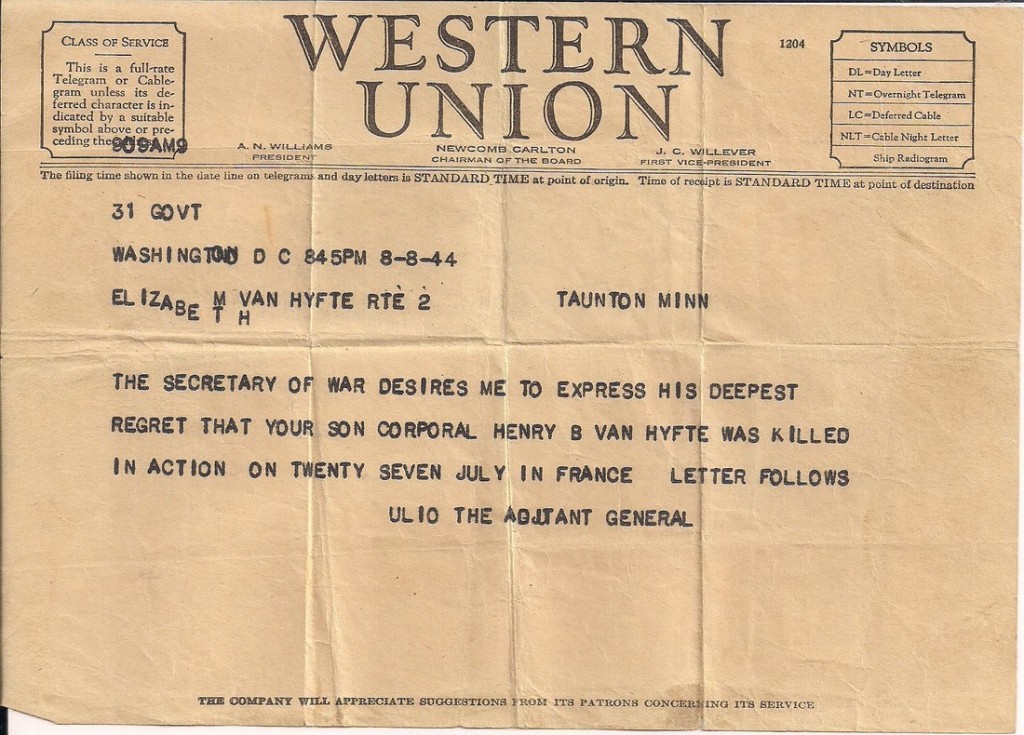by Reinhard Kargl
On March 4, 2018, former Russian intelligence officer Sergei Skripal and his daughter Yulia were poisoned in the English city of Salisbury. Since then, journalists have been scrambling to find out more about the alleged poison, a mysterious substance identified by British authorities as “Novichok”.
First off, it isn’t just one chemical, but appears to be a whole new class of nerve agents, a type of chemical weapons which disrupt the mechanisms by which nerves control vital body functions.
So far, we are familiar with two main classes of nerve agents. The “G-series” was first synthesized by German scientists during World War II. Among this group are tabun, also known as “GA” (invented in 1936), sarin, also known as “GB” (invented in 1939) and soman, also known as “GD” (invented in 1944). (Interesting detail: the Third Reich’s military refused to deploy nerve agents as weapons even though by the end of the war, between 500 kg to 10 tons had been produced. But that’s another story). After the war, GF (cyclosarin) was added to this group in 1949.
The second group, the V-series agents, go back to mostly British development, which was continued with work done the U.S. and the Soviet Union during the Cold War. Members of this class are VE, VG, VM, VR, and VX.
Novichok (Russian: Новичо́к, “newcomer”) seems to be a class of nerve agents different from the two above. It was developed by the Soviet Union during the 1970s and 1980s as part of a secret weapons program reportedly named “Foliant”. The specific intent was to be undetectable by standard NATO methods at the time, to defeat NATO protective gear, and to circumvent the Chemical Weapons Convention list of controlled precursors and classes of chemicals. All in all, over 100 chemical variants were developed and tested.
Most of what little is in the public domain about this can be traced to publications by two Russian chemists, Lev Fedorov and Vil Mirzayanov, writing for the Moskovskiye Novosti weekly in 1992. Mirzayanov claimed he made his disclosure out of environmental concerns, after measuring levels of deadly substances 80 times greater than the maximum safe concentration in the vicinity of Russian chemical weapons facilities. Mirzayanov was arrested in October 1992 and charged with high treason. He served some time in prison, and subsequent to his release, left Russia to live in the U.S. However, during Mirzayanov’s trial, some more details about the Novichok program emerged, and the Russian military was forced to acknowledge the existence of this group of chemicals.
According to Mirzayanov, the most potent compounds from this family, Novichok-5 and Novichok-7, are supposedly around five to eight times more potent than VX. The agents are reportedly capable of being delivered as a liquid, aerosol or gas via a variety of delivery systems, including bombs, missiles, artillery shells and spraying devices.
The absorption of nerve agents into the human body can be by skin contact, ingestion, inhalation or injection. Generally speaking, these chemicals were conceptualized as weapons of mass destruction and for wide dispersement. The pin-point use as murder weapons in targeted assassinations appears to have been an afterthought. But it is now well documented in several instances, such as the murders of Russian banker Ivan Kivelidi and his secretary Zara Ismailov in 1995, or the killing of Kim Jong-nam in Malaysia on February 13, 2017. (The U.S. Department of State has claimed the assassination was a plot conducted by agents of North Korea, using VX).
And here it gets extremely troubling. It would appear that nerve agents, due to their rapid effectiveness in extremely small doses, make ideal weapons for assassinations. However, these chemicals require highly specialized skills and facilities to develop, manufacture and deploy – all of which is difficult to conduct except in the presence of state-sponsored weapons programs. Even where chemical weapons treaties led to the controlled and audited destruction of chemical weapons of mass destruction, there can be no doubt that small batches of all these substances were retained, and that of course, the process of making them (even in very small quantities) is well understood by those who were involved in these military weapons programs.
So are we looking at a coming new era of silent state-sponsored assassinations? Could this become a method for governments or institutions to get rid of regime critics, political dissenters or opponents, alleged traitors, whistleblowers and others deemed a threat, on a large scale?
It could well be. The other options – an illicit trade of these substances, or the possibility that criminal organizations, terrorist groups or rogue individuals may have found ways to cook them up in hidden labs – are equally scary.
Either way this will play out, the future on this issue looks gloomy.





